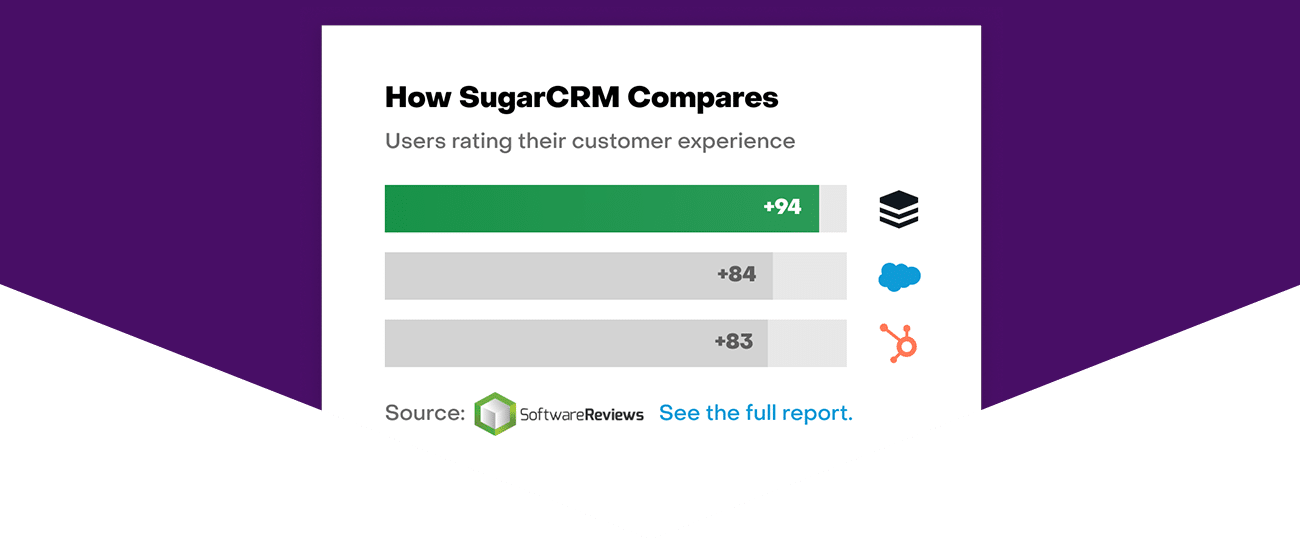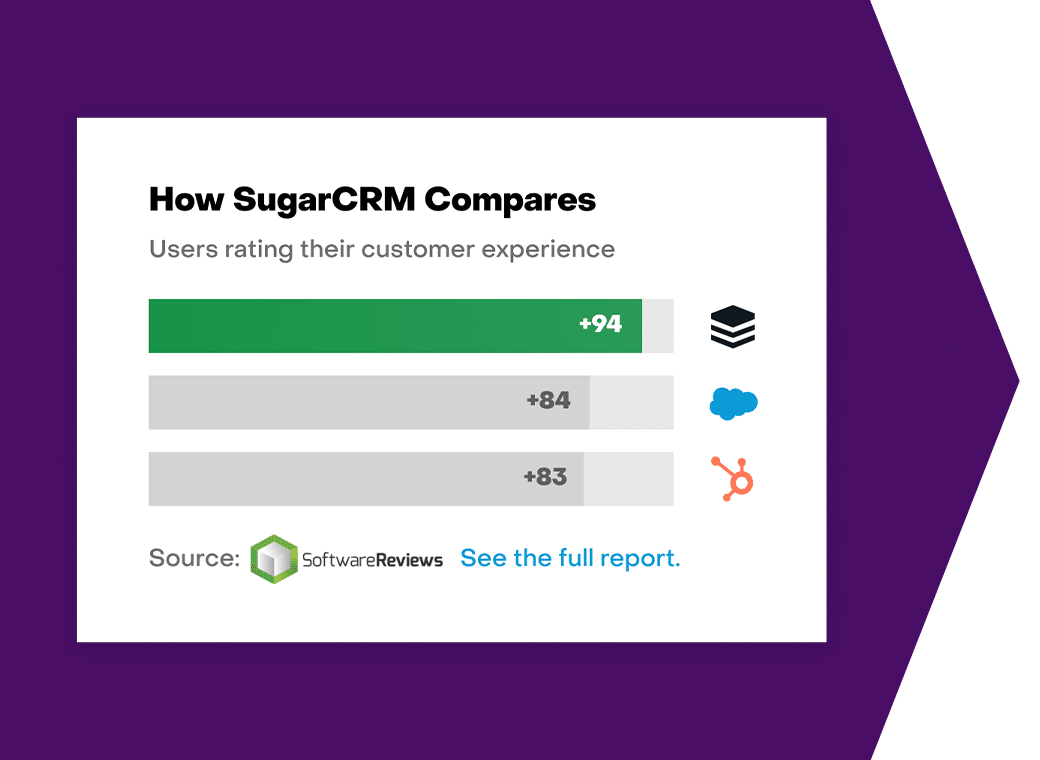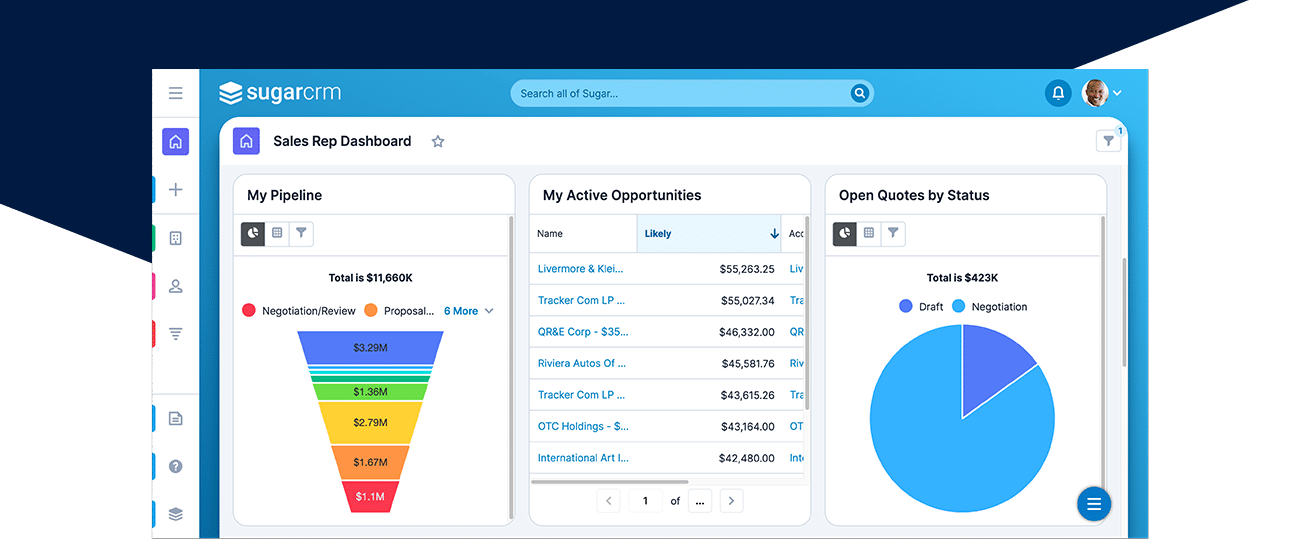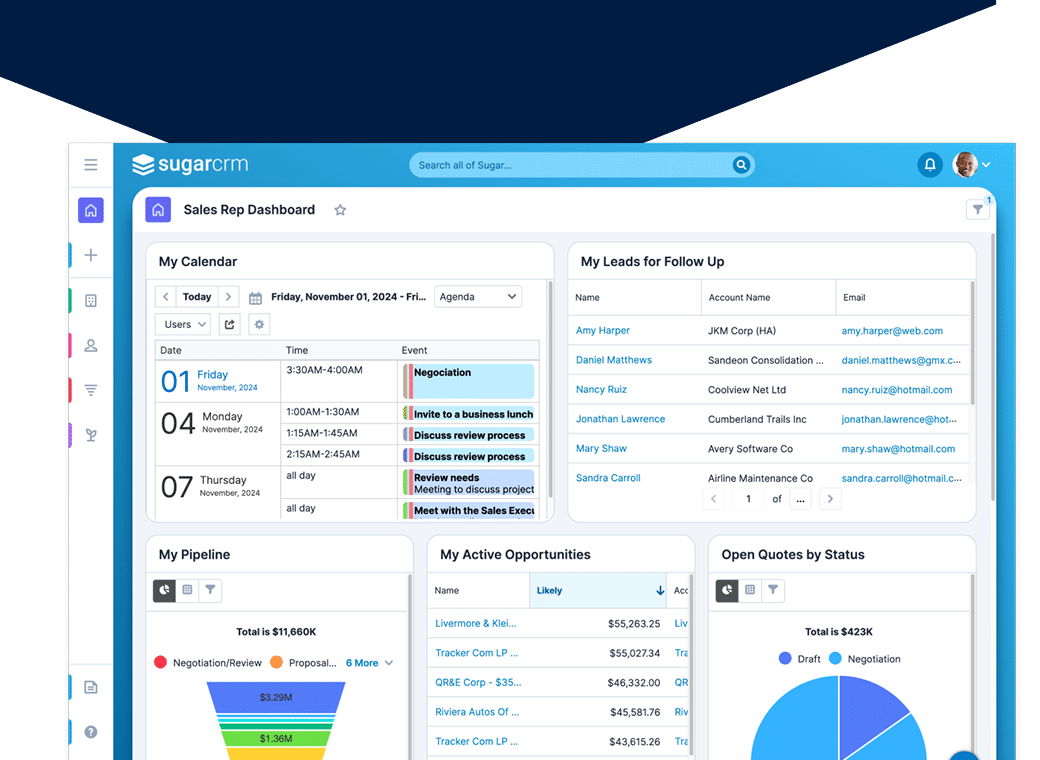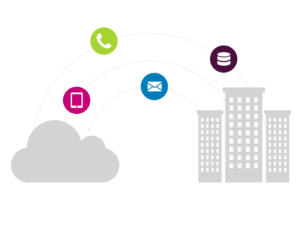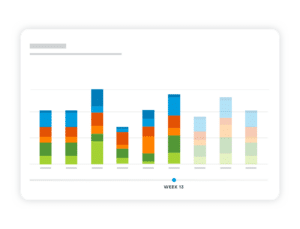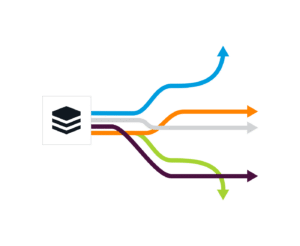Streamlining Data Migration for CRM
In today’s digital age, customer relationship management (CRM) systems have become an essential tool for businesses to manage and analyze customer data. However, migrating data from one CRM system to another can be a complex and time-consuming process. In this blog post, we will explore strategies and best practices for streamlining CRM data migration, ensuring a smooth transition, and minimizing disruptions to your business operations.
What we'll Cover:
Pre-Migration: Laying the Groundwork for a Seamless Data Migration
Assessing Data Quality
A crucial first step when looking to migrate CRMs is assessing data quality. This involves a meticulous examination aimed at identifying and rectifying any existing data quality issues before the migration process begins. The data must undergo a thorough cleansing and standardization process, ensuring its accuracy and consistency across all records.
Furthermore, a comprehensive validation against predefined rules and criteria is essential to guarantee that the data is reliable and meets the necessary standards for successful migration. This rigorous evaluation lays the foundation for a smooth and accurate transition of data between systems.
Mapping Data Fields
During CRM data migration, a vital step involves mapping data fields from the source to the target CRM systems. This process begins with a detailed analysis of data structures and field mappings, ensuring a comprehensive understanding of the data layout in both systems.
To facilitate a smooth transition, a data mapping document is created, outlining precisely how the data will be transformed and migrated. This document serves as a guide, providing clarity on the mapping strategy and ensuring consistency throughout the migration process.
Special attention should be given to custom fields and data transformations, especially if your organization has any unique requirements or alterations. Through meticulous mapping and documentation, businesses can optimize their data migration strategy, minimizing errors and ensuring the accurate transfer of information.
Extracting and Transforming Data
During CRM data migration, extracting and transforming data are crucial steps. First, teams must pull data from the source CRM system using appropriate tools or APIs to gather the required information. Then, they have to transform this data to match the structure and format of the target CRM system, ensuring compatibility for a seamless transition. Organizations should meticulously validate and cleanse data to maintain accuracy and consistency, addressing any discrepancies that may occur during the transformation process. These steps are vital to preserve data quality and ensure its usability and reliability in the new CRM setup.
During-Migration: Ensuring Data Integrity and Security
Data Backup and Recovery
For data backup and recovery, it’s crucial to back up data from the source CRM system before migration. This ensures that in case of any unforeseen issues or data loss during migration, there’s a reliable backup available. Implementing a robust data recovery plan is essential to swiftly address any such issues and minimize disruptions.
Data Encryption and Privacy
When it comes to data encryption and privacy, ensuring that data is encrypted during transit and at rest is paramount. This helps protect sensitive customer information from unauthorized access or breaches. Additionally, it’s important to comply with data privacy regulations and industry standards such as GDPR and HIPAA to safeguard customer data and maintain trust.
User Access and Permissions
For user access and permissions, defining clear user access levels and permissions in the target CRM system is necessary. This ensures that users only have access to the data and functionalities relevant to their roles and responsibilities. Restricting access to sensitive data based on user roles further enhances data security. Regularly reviewing and updating user access permissions helps to adapt to evolving security needs and maintain the integrity of the CRM system.
Post-Migration: Testing and Validation
Test Data Migration
Conduct test migrations with a subset of data to identify and resolve any issues or discrepancies that may arise during the process. After the migration, validating data integrity and accuracy in the target CRM system is crucial. It ensures that the migrated data meets the required standards.
Conduct User Tests
Involving key stakeholders and end-users in the testing process is important. This ensures that the migrated data aligns with their requirements and expectations. During User Acceptance Testing (UAT), end-users validate both the migrated data and the functionality of the new CRM system. Any feedback or issues raised during UAT should be addressed promptly to ensure a smooth transition.
Perform Data Validation Tests
Post-migration, performing data validation is necessary to confirm the successful migration of all data. This involves comparing data between the source and target CRM systems to identify any missing or incorrect data. Data reconciliation is then conducted to resolve any discrepancies before the new CRM system goes live. This ensures data consistency and accuracy in the new environment.
How to Do This Easily Within SugarCRM
The starting point for any CRM migration project is data. Most organizations have a justified fear that the migration of their critical data will be a complex, risky, and unpredictable endeavor. There is a lot at stake, not the least of which is your ability to run vital sales, marketing, and service workflows that all rely on the integrity of your data. That’s why Sugar has made a significant investment in a Migration Service to make the switch to our platform easier and faster. We’ll help you:
- Set up a fully visualized preview environment so you can see first-hand the retained integrity of your data and how it will all look on the Sugar platform. Show you how easy it is to fix your layouts in a simple drag-and-drop exercise.
- Use our pre-built templates to improve how your data is visualized, accessed and brought to life. You’ll see that it’s a much easier process than you might expect.
- No turn-off/turn-on moment, offering full synchronization of the two services to ensure everything is working before canceling Salesforce.
- Show you how easy it is to fix your layouts in a simple drag-and-drop exercise.
- Identify what the most important features, screens and capabilities are for each of your stakeholder groups in sales, marketing and service.
With Sugar, you’ll be engaged with our implementation teams (both internal teams, implementation partners, and ISV partners) from day one. We’ll outline the process redesign, the resources and people you’ll need, and make the price as palatable as possible to make the idea of migrating much easier. And because any CRM migration is also unpredictable, we can offer a fixed time/cost engagement that adds certainty to your project. Rather than an indeterminant time-based project that ends up being a best-guess scenario, we can help you de-risk a project that has a definitive starting and ending point.
Interested in learning more about how Sugar can make your switch quick and painless? Download our guide, Switching from Salesforce to SugarCRM. Or, contact us today to learn more about how you can get your CRM vision back on track!


